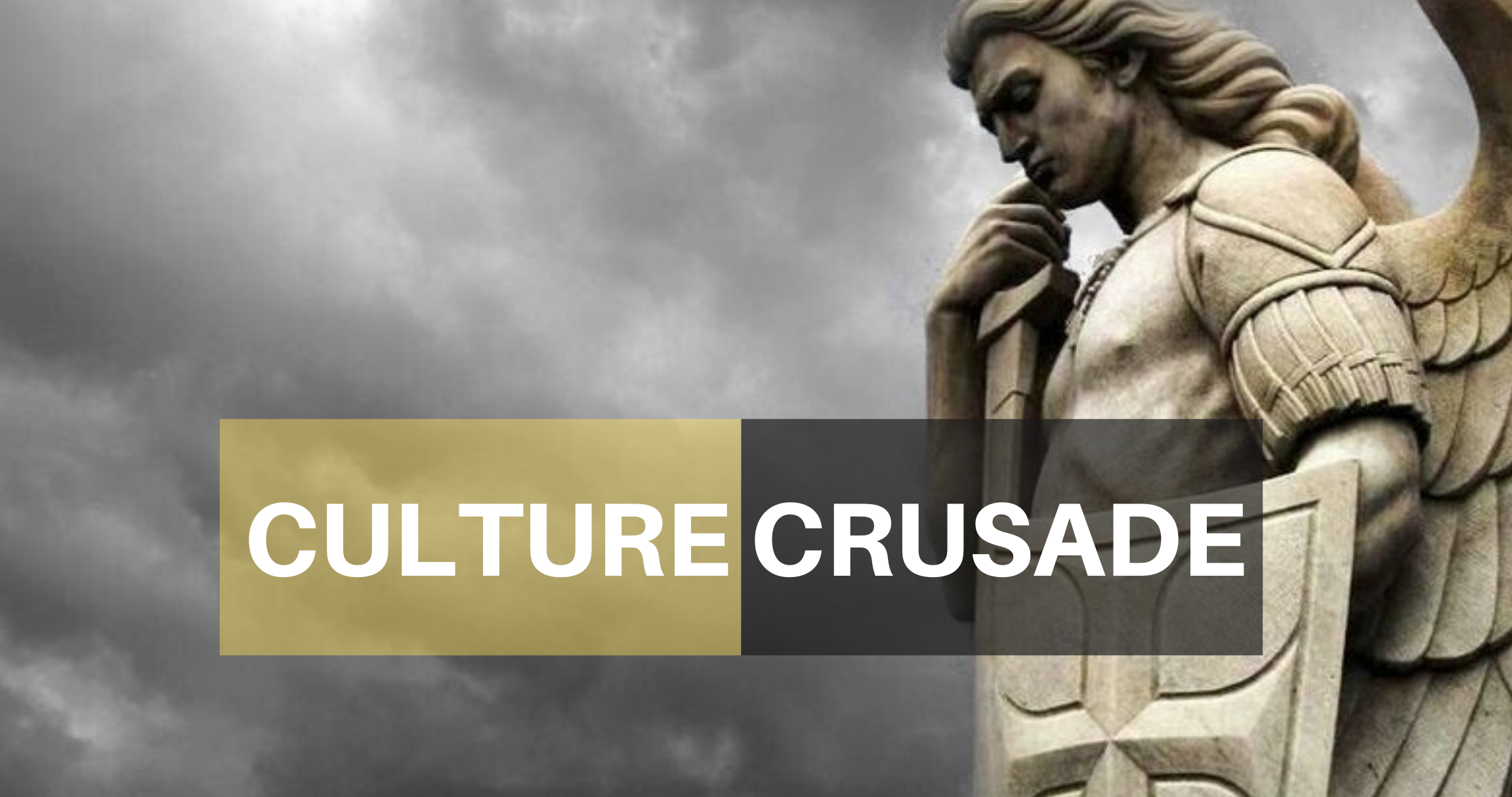In an effort to provide something fresh, The Culture Crusade will review each of the three Star Wars trilogies. Each present distinct themes that aren’t just very literary, but also serve Star Wars’ main mission — to serve as cultural mythology. Today, we look at the Prequel Trilogy.
A strong theme, and the usage of other literary devices to support than, can go a long way in smoothing over imperfections a work may have.
In short … a story needs to be ABOUT something. It can still be pulpy escapism, or high literature, but it has to say something.
The importance of theme seems to be greatly missing from discussions of film and literature in these modern times. Instead, we focus on surface issues, many so distant from substance that they can hardly hold attention past a few sentences.
Thus was — and really continues to be — most of the analysis of George Lucas’ Star Wars Prequel Trilogy.
“The characters are wooden.”
“The actors are stiff.”
“The dialogue is silly.”
“George Lucas raped my childhood!”
Okay, the last one is always the final thing I hear in a discussion before I turn away from it — it’s a ridiculous reaction that gained traction in the internet’s burgeoning era.
While the previous reactions hold some weight, centering discussions of the Prequel Trilogy squarely on them does them a great disservice.
This a story about how a republic can easily turn into an empire. Every literary device Lucas can imagine is put to the service of this theme.
Of course, the deadliest disease for a republic is darkness. A republic can not exist without representation and transparency — hence the need for a “Phantom” like the Sith. It’s a perfect symbol for corruption and deception.
While the politics of the Prequel Trilogy can be seen as dry, the viewer has to keep an eye on Palpatine, because it’s his maneuverings the politics — the trilogy’s main motif, which is fascinating. Everything he does tightens his grip on our heroes.
As this happens, we even see such wonderful symbols to make sure we feel this. The bright, sun-washed backdrops of the Phantom Menace gradually give way to the sunsets of Attack of the Clones until almost everything in Revenge of the Sith burns in red and orange.
One particular shot in Attack of the Clones perfectly illustrates the fate of Anakin Skywalker and the Republic as a whole. Before he takes his literal steps to the Dark Side and slaughters a village of Tusken Raiders, he is briefly shot on a plateau among the night sky — a shooting star is even seen just before he drops down into the camp fires of the Tusken camp.
As if this literary craftsmanship isn’t impressive enough, Lucas once again accepts the task of making his work mythology, or more specifically, a metaphorical language as Joseph Campbell would characterize it.
All of this must fit into something relevant, and it certainly does.
Conceived and written during turning points in United States history, Lucas crafted a story of a deteriorating republic that reflected exactly what was happening in his country. Since the early ’90s, pieces were being maneuvered to form the War on Terror. Legislation was forming legal cornerstones in anticipation of a trap springing on an unengaged populace.
In no time, Homeland Security and the Patriot Act twisted a republic, much like Palpatine solidified power from a crisis.
The trap was sprung, and the Empire was set.
Some admittedly stiff performances, and balky green-screen work aside, this was a magnificent achievement that also set up the themes and conflict in the Original Trilogy.
When the dust settles on this era of filmmaking, the Prequel Trilogy will be seen as a monument to Lucas — a filmmaker who has not been given the credit for undeniable skill as a story-teller.
In the meantime, allow us to reflect on some of the extremely memorable elements of this trilogy, which is pure Star Wars.
- The villains: Aside from Palpatine, brilliantly portrayed by Ian McDiarmid, his Sith apprentices were an extremely deft representation of Darth Vader. Darth Maul symbolized his rage, Count Dooku (the wonderfully game Christopher Lee) represented his mis-placed idealism, and General Grievous foreshadowed his life after death, and the corruptive element of technology that will be so important in the following three films.
- Qui-Got Jinn: Liam Neeson’s rebellious Jedi Master was a great foil to the Jedi Order and actually to the Sith as well. He symbolized free thought and individualism, and his death against the backdrop of Duel of the Fates gave the Phantom Menace lightsaber battle a weight different than any other in the saga.
- The music: John Williams … Duel of the Fates … Battle of Heroes … Across the Stars … enough said.
- Obi-Wan: Brilliantly drawn as the audience’s road into the story. He conveyed everything the audience was supposed to feel, and it’s IMPOSSIBLE to imagine anyone other than Ewan McGregor playing him.
- The Jedi at the height of the power: The regal nature of the homespun robes, the individual nature of the lightsabers, the acrobatic combat — nothing is like it in the entire saga.
Tomorrow, The Culture Crusade takes a dive into the Original Trilogy.

